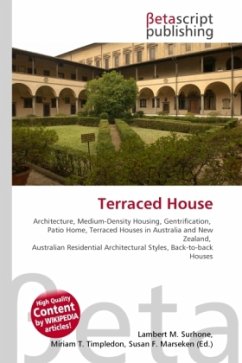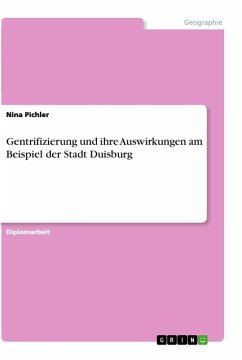In recent years, the municipality of Amsterdam has employed a spatial strategy to influence the socio-economic character of the city. Gentrification took upon a pivotal role in this strategy. The municipality stimulated gentrification in different neighbourhoods, as the influx of more wealthy residents is seen as a powerful means to tackle problems like crime, poverty or the lack of social cohesion, and to prevent segregation. However, the divide between core and periphery has deepened. Gentrification often has a negative social, economic and spatial impact on the city, such as segregation and displacement. The authors want to break this negative tradition and seek for a different and positive interpretation of gentrification as an urban redevelopment strategy. Their case study takes place in the Indische Buurt in Amsterdam. With their research, the authors offer urban thinkers, policy makers and designers tools to come to unique and meaningful architectural solutions, with positive socio-economic implications.








